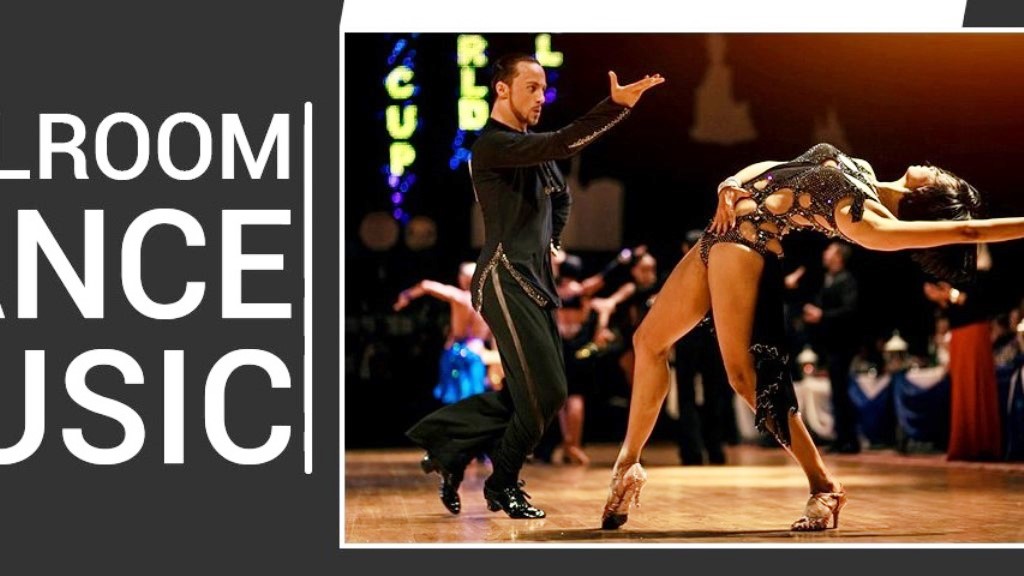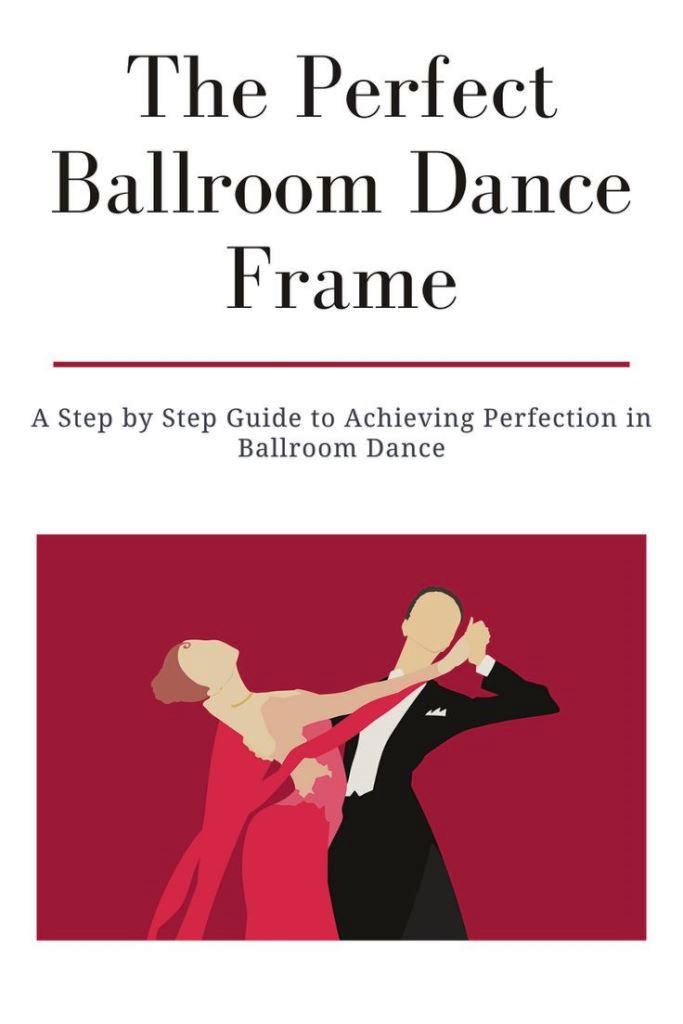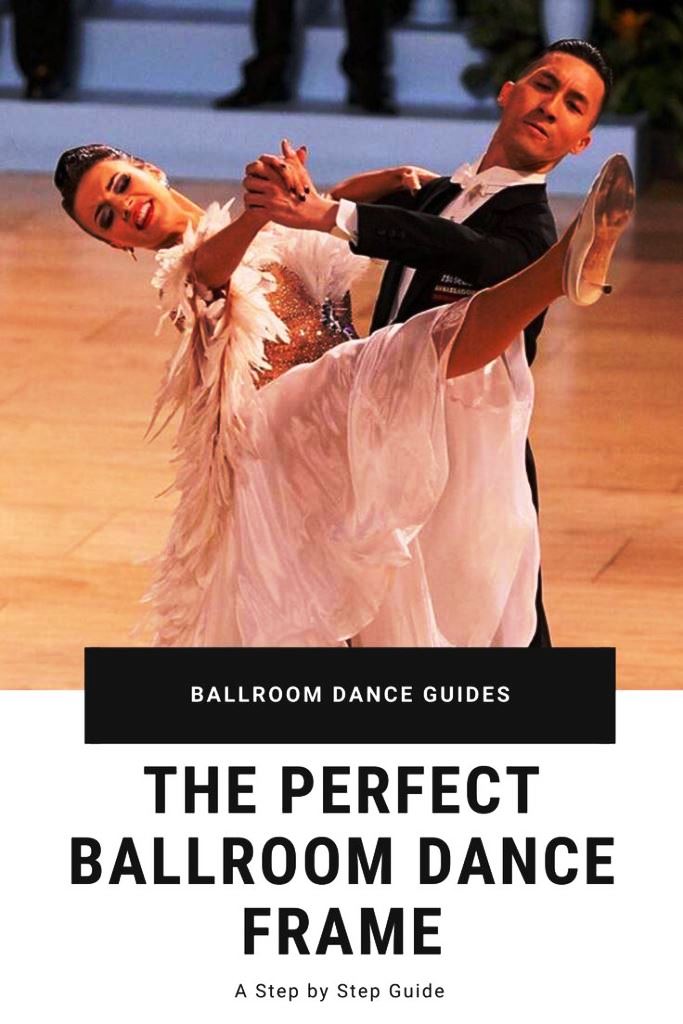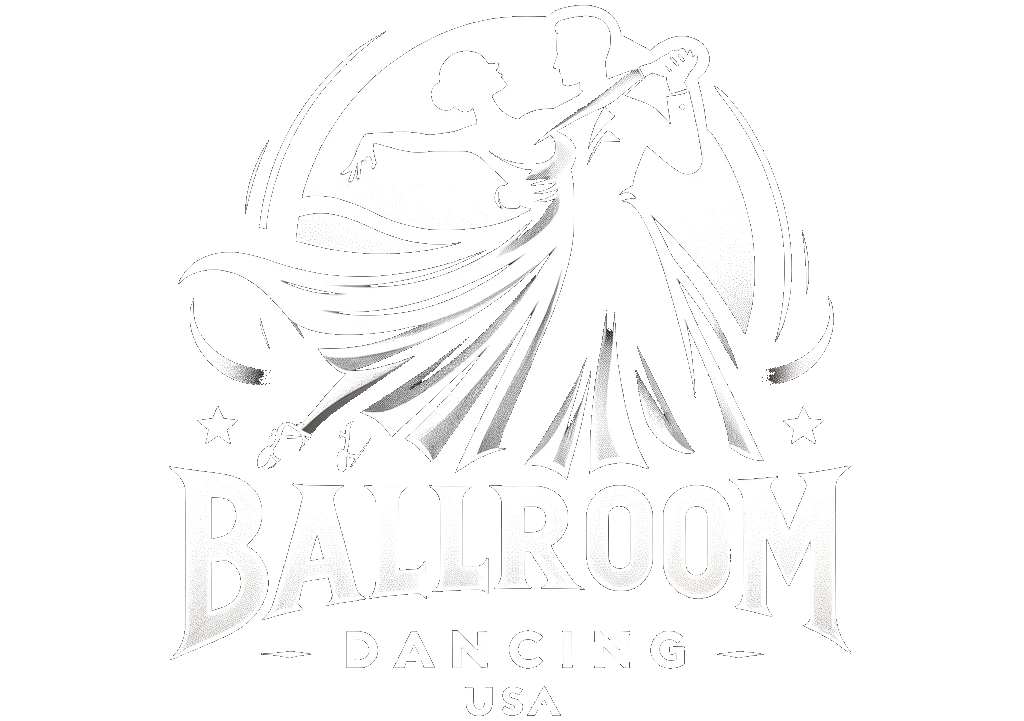
1. Introduction: What is a Ballroom Dance Playlist and Why is it Important?
What is a Ballroom Dance Playlist?
A ballroom dance playlist is a compilation of music specifically chosen to create the perfect mood for a ballroom dance event. It is composed of songs that are appropriate for the particular type of dance being performed, as well as songs that will help create a positive and enjoyable atmosphere.
Why is a Ballroom Dance Playlist Important?
A ballroom dance playlist is important because it sets the tone for the entire event. The right music can create a warm and inviting atmosphere, allowing dancers to relax and enjoy their experience. Additionally, a carefully crafted playlist can help ensure that the event runs smoothly, as it will provide the dancers with the appropriate tempo and rhythm for each dance. Finally, a good playlist can also provide a great source of entertainment for the audience.
2. Factors to Consider When Creating a Playlist: Tempo, Genre, and Variety
Tempo
When creating a ballroom dance playlist, tempo is an important factor to consider. Generally, ballroom dances are performed in two distinct tempos: slow and fast. Slow dances are typically performed at a tempo of 28-30 measures per minute, while fast dances are performed at a tempo of 32-35 measures per minute. It is important to ensure that the songs selected for the playlist are within the appropriate tempo range for the specific dance.
Slow Dances
For slow dances, such as the Waltz, Foxtrot, and Tango, songs should typically be chosen that are in the range of 28-30 measures per minute. These slow, romantic songs will create a relaxed atmosphere and provide a great backdrop for the dance.
Fast Dances
For fast dances, such as the Cha Cha, Jive, and Quickstep, songs should typically be chosen that are in the range of 32-35 measures per minute. These upbeat, lively songs will create an energetic atmosphere and provide a great backdrop for the dance.
Genre
When creating a ballroom dance playlist, genre is another important factor to consider. Ballroom dances can be performed to a variety of genres, including classical, jazz, Latin, and pop. It is important to ensure that the songs selected for the playlist are appropriate to the specific dance.
Classical
For classical dances, such as the Waltz, Foxtrot, and Tango, songs should typically be chosen from the classical genre. These elegant, timeless songs will create a romantic atmosphere and provide a great backdrop for the dance.
Jazz
For jazz dances, such as the Cha Cha, Jive, and Quickstep, songs should typically be chosen from the jazz genre. These upbeat, lively songs will create an energetic atmosphere and provide a great backdrop for the dance.
Latin
For Latin dances, such as the Samba, Rumba, and Paso Doble, songs should typically be chosen from the Latin genre. These passionate, exotic songs will create a vibrant atmosphere and provide a great backdrop for the dance.
Pop
For pop dances, such as the Swing and Hustle, songs should typically be chosen from the pop genre. These catchy, contemporary songs will create a fun atmosphere and provide a great backdrop for the dance.
Variety
When creating a ballroom dance playlist, variety is also an important factor to consider. It is important to ensure that the songs selected for the playlist are varied in terms of tempo, genre, and style. This will create a dynamic atmosphere and provide a great backdrop for the dance.
3. Tips for Crafting the Perfect Playlist: Research, Create a Theme, and Test it Out
Tips for Crafting the Perfect Playlist: Research, Create a Theme, and Test it Out
Research
When you’re crafting the perfect playlist for a ballroom dance, the first step is to do your research. Learn about the different types of ballroom dances and the music that’s typically associated with them. Make sure to look at the tempo, rhythm, and style of the songs you’re considering.
Create a Theme
Once you’ve done your research, it’s time to create a theme for your playlist. Think about the type of atmosphere you want to create and the types of songs that will help you achieve that. Consider the mood and energy level you want to set, and craft your playlist accordingly.
Test it Out
Before you commit to your playlist, it’s important to test it out. Put your playlist to the test by playing it at a practice session or a real dance. Listen to the music and observe how it affects the dancers. Make sure to note any feedback from the dancers and adjust your playlist accordingly.
4. Examples of Popular Playlists: Waltz, Foxtrot, and Tango
Waltz Playlist
Classical Waltz
- “The Blue Danube” by Johann Strauss
- “The Emperor Waltz” by Johann Strauss
- “The Waltz of the Flowers” from Tchaikovsky’s The Nutcracker
- “Waltz in A-flat major, Op. 39, No. 15” by Johannes Brahms
Modern Waltz
- “The Last Waltz” by Engelbert Humperdinck
- “The Way You Look Tonight” by Frank Sinatra
- “Moon River” by Andy Williams
- “Have I Told You Lately” by Rod Stewart
Foxtrot Playlist
Classical Foxtrot
- “The Entertainer” by Scott Joplin
- “Puttin’ on the Ritz” by Irving Berlin
- “I Got Rhythm” by George Gershwin
- “Cheek to Cheek” by Irving Berlin
Modern Foxtrot
- “The Way You Look Tonight” by Frank Sinatra
- “Come Fly With Me” by Frank Sinatra
- “It Had to Be You” by Harry Connick Jr.
- “The Best is Yet to Come” by Michael Bublé
Tango Playlist
Classical Tango
- “La Cumparsita” by Gerardo Matos RodrГguez
- “El Choclo” by Angel Villoldo
- “Por Una Cabeza” by Carlos Gardel
- “AdiГіs Pampa MГa” by Julian Plaza
Modern Tango
- “Tango: Por Una Cabeza” by Carlos Gardel
- “Tango: Libertango” by Astor Piazzolla
- “Tango: La Cumparsita” by Gerardo Matos RodrГguez
- “Tango: Por Una Cabeza” by Shirley Bassey
5. Conclusion: How to Make the Most of Your Playlist and Set the Mood for a Perfect Ballroom Dance
Conclusion: How to Make the Most of Your Playlist and Set the Mood for a Perfect Ballroom Dance
Creating the perfect ballroom dance playlist can be a daunting task, but with a few simple steps, you can make sure your guests have the best experience possible. Here are a few tips to make the most of your playlist and set the mood for a perfect ballroom dance.
Choose the Right Genres
When selecting your songs, make sure to choose a variety of genres. A good playlist should include a mix of slow and fast songs, as well as a variety of styles such as Latin, Swing, and Foxtrot.
Include a Variety of Tempos
Your playlist should include a variety of tempos, as different dances require different tempos. For example, a Waltz will require a slower tempo than a Cha-Cha. Make sure to include a few faster songs, as well as some slower songs, so that your guests can enjoy a variety of dances.
Keep it Fresh
Be sure to keep your playlist fresh by adding new songs regularly. This will help to keep your guests engaged and interested in the music.
Have Fun!
Most importantly, have fun! Ballroom dancing is all about having a good time, so make sure to include songs that everyone can enjoy.
By following these simple tips, you can make sure your ballroom dance playlist is perfect for your next event. With the right music, you can create an unforgettable experience for your guests and make sure that your ballroom dance is a success!





